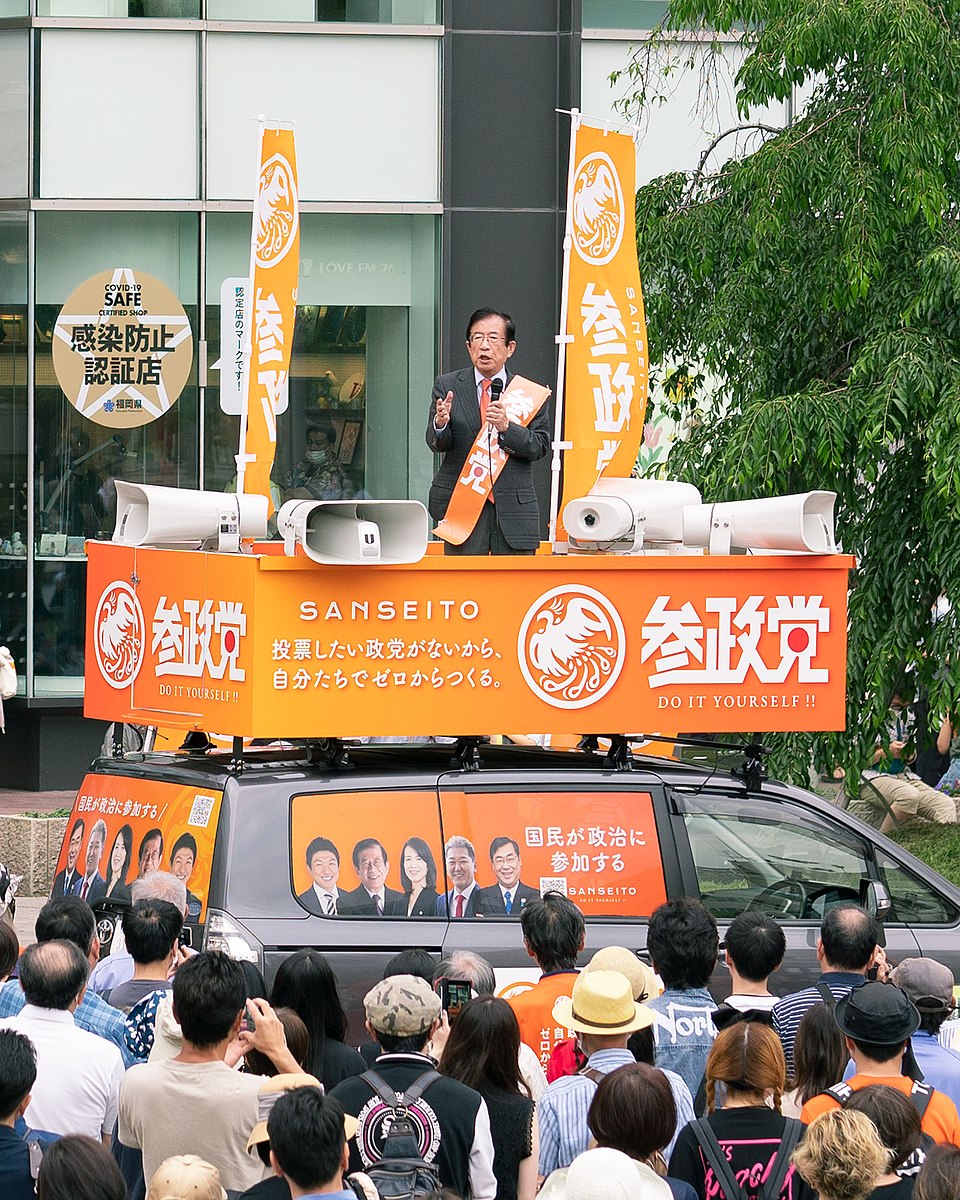The Rise of Japan's Far-Right: Influences from Trump and Tourism

In a striking shift within Japanese politics, the once-obscure far-right political party, Sanseito, experienced a dramatic surge in support during recent elections, increasing its representation from one to 15 seats in Japan's upper house of parliament. This political transformation has emerged against a backdrop of economic challenges, rising dissatisfaction among voters, and the influential ripple effects of populist movements worldwide, particularly those associated with former U.S. President Donald Trump.
The elections held last Sunday marked a pivotal moment in Japan, traditionally known for its stable political landscape characterized by the dominance of the Liberal Democratic Party (LDP). The LDP, led by Prime Minister Shigeru Ishiba, faced significant losses, relinquishing its majority in the upper house amidst calls for Ishiba’s resignation from within his party. This upheaval signals a potential shift in Japan's political dynamics, as the LDP has been the ruling party since 1955, with few interruptions.
According to Japan's National Tourism Organization, Japan welcomed nearly 37 million tourists in the past year, a record high. This influx has not only brought economic benefits but has also stirred resentment among some locals who feel that tourists have violated cultural norms, contributing to a growing nationalist sentiment. "Some tourists behave in an uncouth, disrespectful way," noted Kazuhiko Iwama, a local official in Fujikawaguchiko, a town near Mount Fuji, where residents have expressed frustration over tourists disregarding traffic rules.
Sanseito’s platform, which champions a "Japan First" agenda, mirrors Trump’s "America First" rhetoric, focusing on issues that resonate with a populace grappling with economic stagnation and rising living costs. The price of staple goods, such as rice, has doubled in the past year, exacerbating public discontent. "We are sick of the current political situation," expressed Eriko Harada, a young voter at a recent Sanseito rally, highlighting the frustrations felt by many Japanese citizens.
Jeff Kingston, a professor of Asian studies at Temple University in Tokyo, attributes part of Sanseito's rise to the influence of Trump's populist approach, stating, "Trump is empowering the primordial in people all over the world." The party's founder, Sohei Kamiya, has acknowledged Trump's impact on his political style, which has attracted a diverse support base dissatisfied with traditional political parties.
Various experts have pointed to a growing anti-immigration sentiment, as Japan's historically low immigration rates have begun to rise. The number of foreign residents in Japan increased by nearly 11% last year, reaching approximately 3.77 million. This demographic shift has fueled fears among certain segments of the population, with Kamiya claiming that there are no established rules for accepting foreigners, tapping into a narrative of societal unease. Uta Kato, a young supporter of Sanseito, articulated this sentiment, stating, "The number of foreign immigrants who don’t obey the rules is increasing."
While some analysts argue that Sanseito's rise is fueled by legitimate concerns over immigration and economic disenfranchisement, others caution against conflating unrelated societal issues. Jeffrey Hall, a lecturer at Kanda University of International Studies, criticized the party's tendency to link misbehavior by tourists with broader immigration issues, calling it a spread of "false information about foreigners."
The implications of Sanseito's success extend beyond immediate electoral gains. The party's emergence reflects a significant shift in voter priorities, particularly among younger generations seeking change in a political landscape that has long been dominated by the LDP. Kingston notes, "It’s not so much the content of the message, but how the message was delivered. The passion and the emotions resonate with people who want change."
As Japan navigates these turbulent political waters, the LDP remains a formidable entity, despite its recent setbacks. The party's historical experience in governance and foreign relations positions it as a critical player in addressing both domestic challenges and international dynamics.
In conclusion, while the far-right’s ascent in Japan may be seen as a passing trend or a populist anomaly, it underscores a growing desire for political representation among citizens disillusioned with the status quo. As the country grapples with economic pressures and demographic changes, the future trajectory of Japanese politics may well hinge on how these sentiments evolve in the coming years.
Advertisement
Tags
Advertisement




